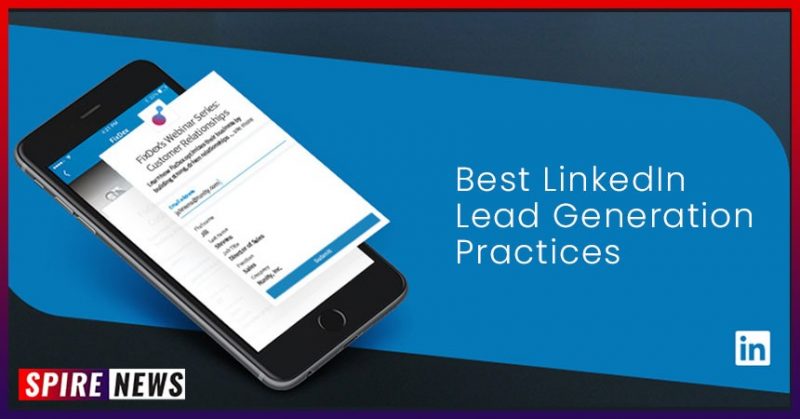Understanding how to create leads from LinkedIn is critical for your company since it allows you to find high-quality prospects to fill your sales funnel. Any company that sells business-to-business (B2B) or business-to-consumer (B2C) must engage prospects and customers on LinkedIn, the world’s largest professional network. LinkedIn lead generation is a simple, dependable source of quality leads that you can access at any time.
This is largely a business-oriented site. It is also more than just a tool for generating business-to-business leads, since nearly everyone may profit from having a larger presence on here.
LinkedIn Lead Generation
Let’s go down the significance of establishing a LinkedIn lead creation strategy. Consider how to produce leads on utilising best practises, such as employing sponsored content for lead creation and leveraging lead generation tools. We’ll also go through some of the most common blunders to avoid when implementing your LinkedIn lead generation strategy to generate B2C or B2B leads.
Knowing how to use the site to acquire sales leads should be a top concern for any company wanting to expand their revenue. According to studies, this is the most effective paid and organic social platform for generating B2B sales leads. In fact, according to reports, 82 percent of B2B marketers have had outstanding success acquiring B2B sales leads through the platform.
Some Added Benefits
• It is a competent social media platform. That indicates that four out of every five users are business decision-makers in some capacity.
• sponsored content allows you to quickly target professionals at over 300,000 firms. Simply go to Campaign Manager and select your target demographic.
• Ads have a higher cost-per-click (CPC) than Google Ads but a 136 percent greater conversion rate.
• Using a lead generating tool, such as the LinkedIn Sales Navigator, makes it easy to generate B2B sales leads on the site.
• LinkedIn lead gen forms make it simple to collect user information from LinkedIn sponsored content.
Extra steps
Starting with your own brand is the first step in learning how to obtain leads on LinkedIn. Make your personal profile more believable and authoritative by filling it out. Complete your personal information, provide relevant stuff, connect with and interact with others in your business. The goal here is to increase your credibility by ensuring you have a solid internet presence.
The next step is to develop a page for your organisation and boost its online exposure. You’ll want to maintain your page’s information correct and up to date. The most crucial thing, though, is to keep your page current.
LinkedIn is still a social platform, and social platforms are designed to allow individuals to engage with one another. Groups provide a forum for people in the same business or who are interested in the same topics to engage with one another. These are the areas to look for prospects and get access to quality business-to-business leads.
Post content that is relevant to the group and its members, start discussions about a certain issue, or react to other people’s questions about a field in which you are an expert.
When it comes to finding business-to-business leads, the site’s native search engine is a fantastic tool for identifying decision-makers with whom you’d like to contact. You can simply find the people you want with the tool by searching for certain jobs in a company or the name of the company if you’re just browsing. You can submit a connection request to the folks you’re looking for once you’ve located them.
Do you want to discover how to regularly produce leads from the site? To get your message in front of your target audience, you can use sponsored lead generation solutions like Sponsored Content. You can also link Lead Gen Forms to those adverts to automate the lead gathering process.
Lastly, posting material once a week or liking someone’s post every now and then will not boost your internet profile. Instead, build a real relationship with your audience by delivering frequent updates and engaging them in conversation.


